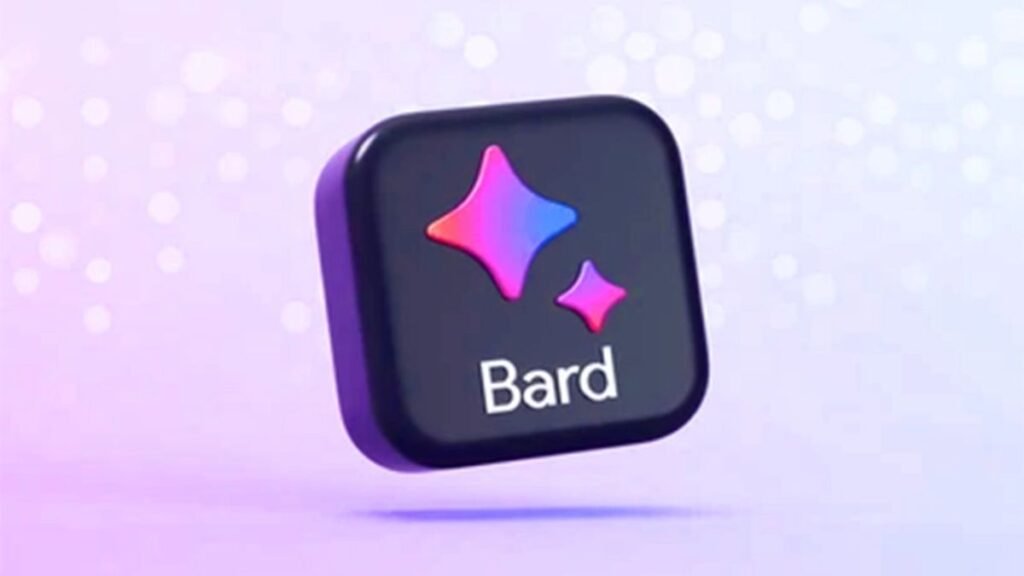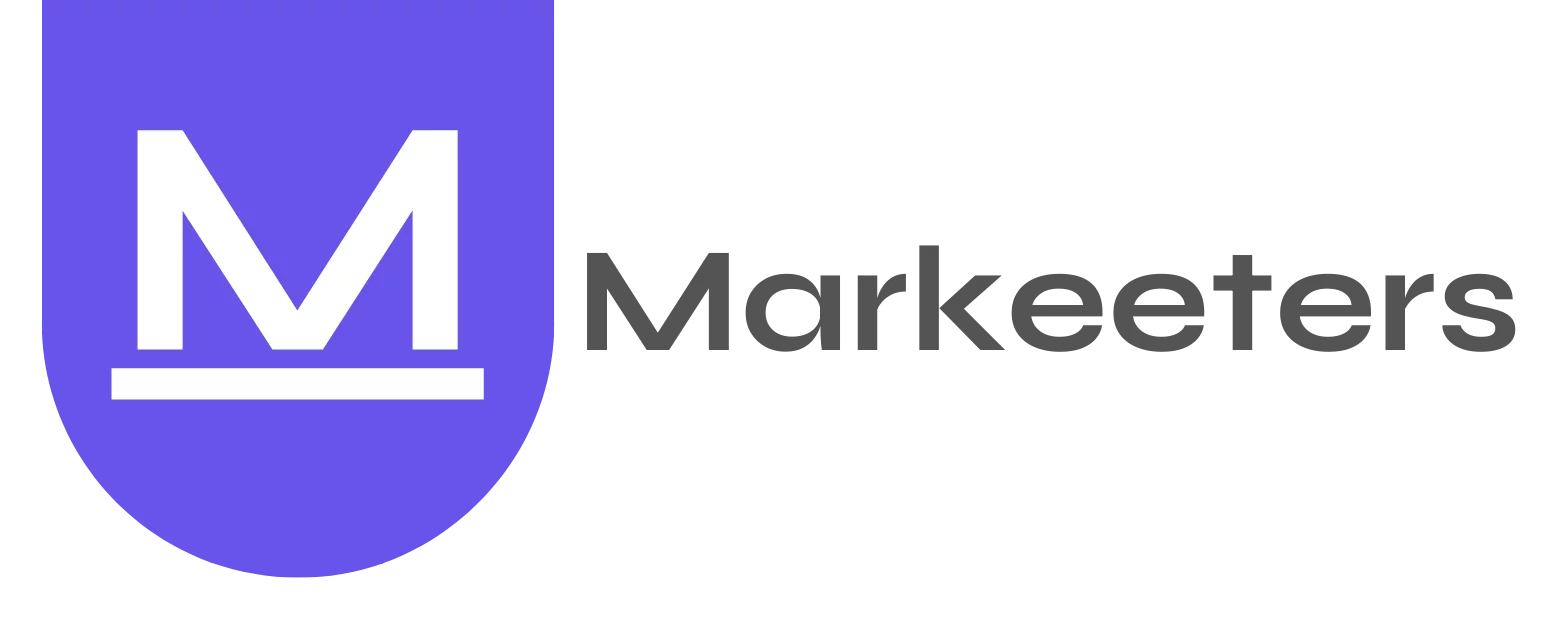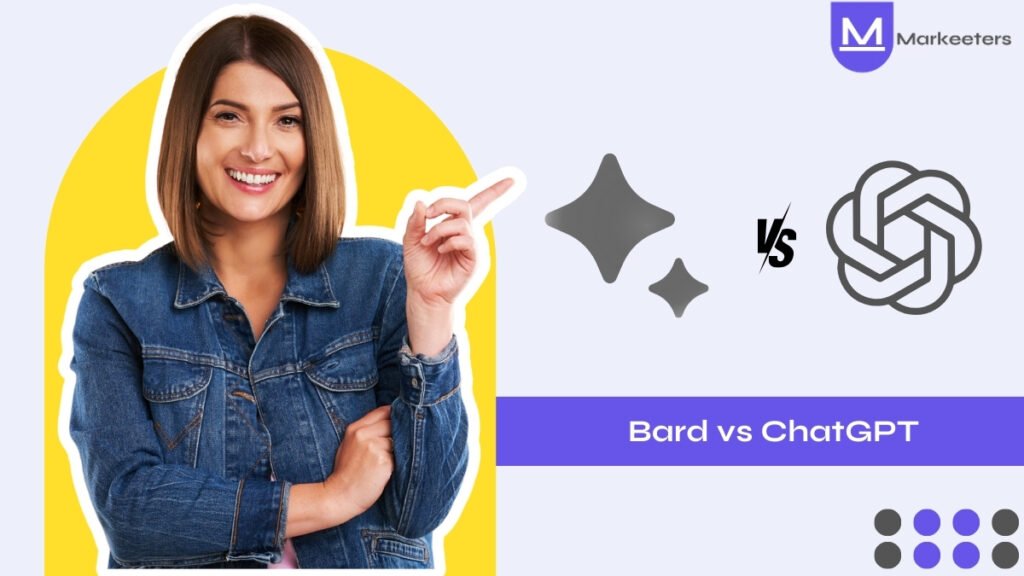Learn about the world of language models with Bard vs ChatGPT. Understand the difference effortlessly! Continue reading and explore two different AI language models.
Artificial Intelligence (AI) is making progress, and businesses are reevaluating their methods to complete various tasks. AI can help content creators, coders, and many other professionals produce better work more efficiently. The world of AI is evolving, and two conversational models have risen to the top: Bard from Google AI and ChatGPT from OpenAI. Both tools are powerful and effective in generating human-quality text, translating languages, writing different kinds of creative content, and answering your questions in an informative way.
The global artificial intelligence market size is projected to reach $1,811.8 billion by 2030.
But when it comes to choosing the right tool for your job, it is important to understand the differences between Bard and ChatGPT. Let’s take you on an AI journey and learn more about the most popular tools for your job.
Understanding Bard and ChatGPT
What is Bard?
Google Bard, an AI-powered chatbot, uses machine learning and natural language processing to mimic human discussions by pulling replies from the internet. It was launched on March 21, 2023. Bard switched from using LaMDA, Google’s next-generation language model, for conversation apps, to PaLM 2, Google’s Pathways Language Model. Bard’s primary objective is to get information in a concise response. Like Alexa and Siri, it offers information in a similar way and includes links for consumers to find out more.
In addition, Bard is a personal assistant who assists with organizing meals, arranging bookings, and scheduling vacations. Instead of using search engine-generated keywords, Bard prefers to employ conversational or natural language search queries. The public can access Bard, which provides content in over 40 languages throughout more than 230 nations and territories.

What is ChatGPT?
ChatGPT is an AI-driven chatbot that responds to questions in a conversational manner using machine learning. It was launched on November 30, 2022, by OpenAI. The term GPT refers to Generative Pre-Trained Transformer, which analyzes data sequences to identify patterns. Currently, ChatGPT makes use of the GPT-3.5 language model, which was trained using online content that was written by humans. The updated GPT-4 model is currently used by ChatGPT Plus, the premium edition. ChatGPT formulates user query replies using the AI language model.

According to CEO Sam Altman, ChatGPT reached 1 million users within 5 days.
ChatGPT launched on wednesday. today it crossed 1 million users!
— Sam Altman (@sama) December 5, 2022
Read more:
- Google’s Gemini vs Open AI’s GPT – 4: A Detailed Comparison
- AI Tools that Existed Before Open AI’s GPT You Didn’t Know
Bard vs ChatGPT: A Quick Review
| Features | Bard | ChatGPT |
|---|---|---|
| Development Team | OpenAI | |
| Primary Focus | Creative Content Generation | Conversational AI |
| Language Model | Pathways Language Model (PaLM 2) | Open AI’s GPT – 3.5 (ChatGPT Plus: GPT – 4) |
| Accessibility and Pricing | Free full version | Free limited version, paid “Plus” for advanced features |
| Focus | Information retrieval, research, data analysis | Creative content generation, marketing, user engagement |
| User Interface | Web-based | Web-based, mobile app with voice dialogue |
| Best for B2B Businesses | Companies needing accuracy, real-time information, research assistance | Companies needing creative content, marketing support, personalized communication |
| Integration | Google tools and services | OpenAI tools and APIs |
| Strengths | Factual accuracy, research prowess, multilingual (20+ languages, real-time information | Creative writing, engaging storytelling, personalized communication, diverse content formats |
| Weaknesses | Can be overly cautious in creative writing, may not always understand informal language | Limited access to real-time information, potential for factual errors, less multilingual support |
Read more:
- ShipRocket vs Pickrr: A Detailed Comparison for 2024
- WooCommerce vs Shopify: Better E-Commerce Platform for 2024
Bard vs ChatGPT: A Detailed Review
Bard vs ChatGPT: Coding
When we tested Bard and ChatGPT from coding perspective, this is what we discovered:
- One area in which Google Bard succeeded was code restructuring. It included benchmark-creating code and benchmark results in addition to efficient code solutions. This feature shows Google Bard’s skill in writing effective and successful code. Here, Bard has an edge over ChatGPT. It is a Large Language Model (LLM) and uses search engine data.
- ChatGPT provided cleaner code than Google Bard. It did a good job of interpreting our unclear instructions. It also described the code in a better way than Bard. However, it is restricted to being an LLM at the moment of testing.
- In the end, ChatGPT and Google Bard both have unique advantages when it comes to coding expertise. While Bard shows superiority in code restructuring and extensive debugging reasons, ChatGPT thrives in understanding unclear instructions and delivering clear explanations.
- Users can choose the model that best fits their unique coding requirements by learning about these differences.
Who wins? It’s a tie!
Bard vs ChatGPT: Output Generation
- One of the main differences between Bard and ChatGPT is the number of outputs that each model can produce.
- Bard can produce multiple responses to a single query input (using a method known as Beam Search), while ChatGPT can only produce a single response for a given prompt.
- For instance, we asked Bard and ChatGPT to tell us a joke. Here is how it went:
| Our Prompt was: Tell me a joke |
| Bard’s Response: A man walks into a library and asks the librarian for books about paranoia. The librarian whispers, “They’re right behind you!” I used to be addicted to soap, but I’m clean now. I’m reading a book about anti-gravity. It’s impossible to put down! |
| ChatGPT’s Response: Why don’t scientists trust atoms? Because they make up everything! |
Google Bard can find a greater variety of possible routes across the language model by using beam search. Google Bard is certainly better than ChatGPT in terms of output generation.
Who wins? Google Bard.
Bard vs ChatGPT: Training Model
- The use of Large Language Models (LLM) by Bard and ChatGPT is an important difference. Google Bard is based on the PaLM 2 architecture, whereas OpenAI’s ChatGPT is built on the Transformer architecture.
- The majority of the text used to train the GPT-3 and GPT-4 predecessors came from the internet. We are discussing books, articles, documents, webpages, etc. On the flip side, Infiniset, a dataset solely devoted to dialogues and conversations, enriched Google PaLM 2’s training.
- Infiniset has been consuming a wide range of online discussions, published documents, Wikipedia, Common Crawl, and other online resources. Also, Bard’s AI model is designed to search the internet instantly, producing current and relevant responses to users’ queries.
- Additionally, ChatGPT’s AI engine is still lagging behind current events and research progress since it uses training data that was gathered from Common Crawl, Wikipedia, books, articles, and papers up until 2021.
- An important thing to remember is that both Bard and ChatGPT are ongoing projects. The battle between Bard and ChatGPT will change in nature as both companies’ capabilities grow, influencing the direction of AI language models going forward.
So, who is the winner? It’s a tie!
Bard vs ChatGPT: Ability to Retain a Conversation
- One important difference between Bard and ChatGPT is, in fact, their ability to remember context from previous conversations.
- Bard is quite good at recalling and applying the context of previous conversation. This helps it to more efficiently customize its replies by utilizing its understanding of previous exchanges. As a result, Bard is more capable of giving precise responses and preserving the flow of a discussion during several exchanges.
- ChatGPT has 3,000-word conversation history storage capacity. It does not actively use this data to produce answers. Because of this, ChatGPT finds it difficult to keep a discussion going and give precise answers to follow-up questions.
Who wins here? Google Bard.
Bard vs ChatGPT: Language Assistance
- For AI language models like ChatGPT and Bard, increasing language capability is a big plus. These models can serve a larger global user base and encourage diversity and accessibility by providing multilingual capabilities.
- Bard supports 40 languages, including Korean and Japanese. This shows Google’s dedication to multilingualism. Bard can support a wider user base and give people all across the world language-specific insights, information, and help by supporting more languages.
- ChatGPT allows users to communicate and get help in their favorite language, supporting more than 50 languages. This makes it possible for users with different language backgrounds to interact with the system in a way that promotes clear and efficient communication.
Who is the winner? ChatGPT.
Bard vs ChatGPT: Accuracy of Content
- One of the main differences between Bard and ChatGPT is the availability of the internet.
- Bard has continuous internet connectivity; it can collect the most recent data and maintain the accuracy of the answers.
- Real-time internet access is not available with ChatGPT. This suggests that ChatGPT’s answers might be up-to-date because they are based on the data that it was trained on.
- It is important to be aware of possible hallucinations and to always put fact-checking first in order to get correct and trustworthy information when collecting facts using Bard and ChatGPT.
So, who wins? There is no obvious winner in terms of content accuracy.
Bard vs ChatGPT: Conclusion
We have examined the unique advantages and uses of each AI language model. You should use both of these tools for your business. Make sure your team is well-equipped with these two important tools. It is recommended to provide training so that your business can stay up-to-date in the competitive environment.
Technologies have the potential to improve human potential, and AI tools need to be no exception. They can assist you in carrying out simple tasks or coming up with original ideas. You have to familiarize yourself with their operation and utilize them in your activities. Whether you are using Google Bard or ChatGPT, the objective is always to achieve effectiveness and measurable results in the most basic way.
FAQs
What is the difference between Bard and ChatGPT?
One of the key differences between Bard and ChatGPT is the kind of Large Language Models (LLMs). Bard is on the PaLM 2 architecture, ChatGPT is on the Transformer architecture.
Who owns ChatGPT?
It was developed with funding from a number of donors and investors and is held by OpenAI. In spite of this, anybody can use and modify the open-source concept to suit their requirements.
Is Bard better than GPT?
Bard utilizes Google’s LaMDA, ChatGPT uses GPT-3.5, which makes ChatGPT more proficient at text-based processing and Bard more appropriate for conversational tasks.





